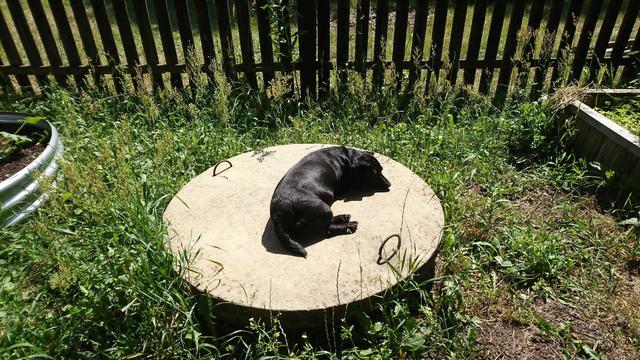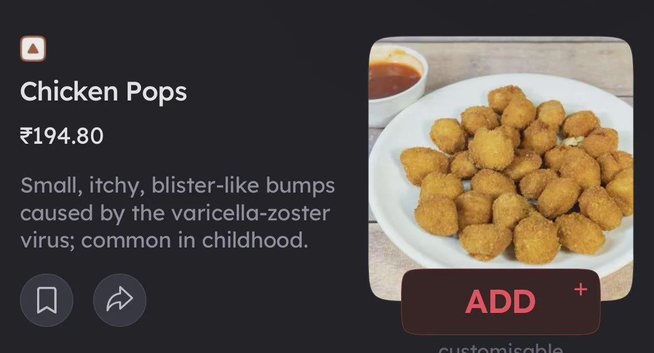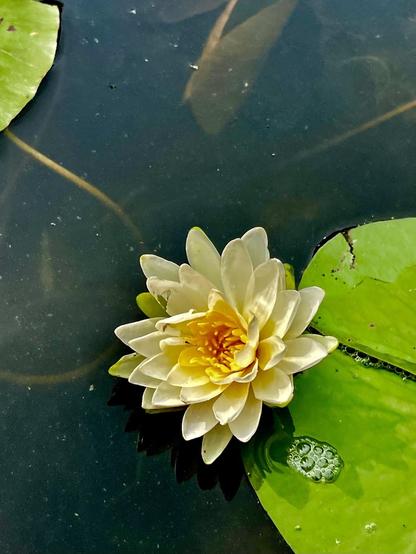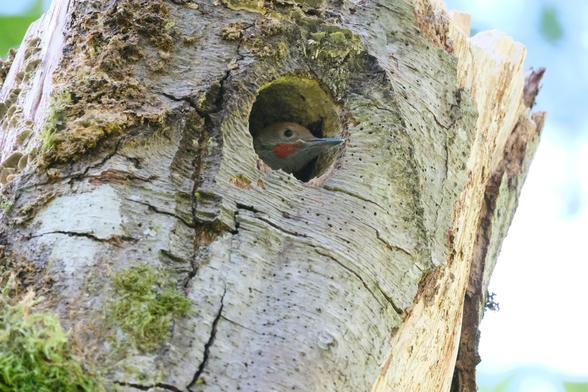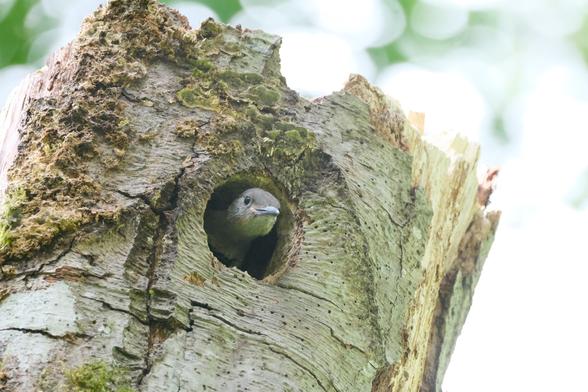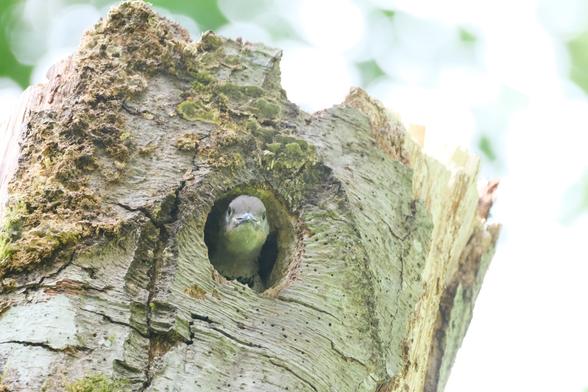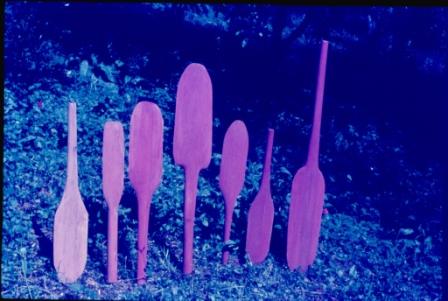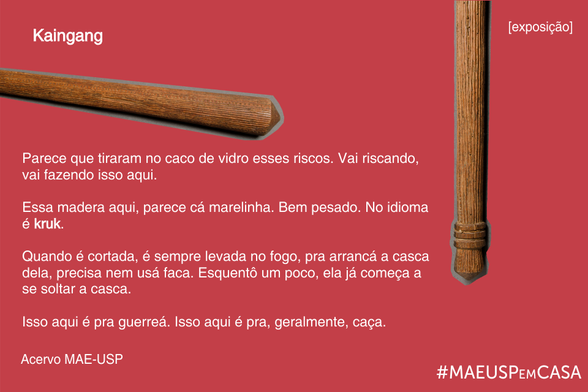was telling kid that birch is generally accepted as an European substitute for Japanese oak for bokutō swords, having similar softwood properties of denting without splintering and resisting breaking on impact etc. kid asked, what about Brazilian woods?
I said I don't know—lots of people made ipê swords but ipê is one of the "ironwoods", super hard, meaning it will shatter and will shatter badly, so it's in the same category as ebony, beautiful wooden swords that are for swinging alone but not for fighting. and I said if I wanted to look up good woods maybe I would check what were historical woods for tacapes/bordunas—heavy clubs used by various different indigenous peoples in the Amazon and Atlantic, many of them suspiciously sword-shaped.
turns out it's actually quite hard to find out reliable info on what premodern tacapes were made of (a common difficulty with indigenous things), but I found on Parellada 2017 that the Xetá from my home state used "alecrim" wood for weapons, which was surprising for me because I only know the word as the Portuguese for "rosemary" (from the Arabic, إِكْلِيل, more like "crown" or "garland"). thought I myself didn't know that, the word is also used for a couple different native trees, and I think Parellada means Holocalyx balansae aka alecrim-de-campinas, Guanari: ybyra-pepe. According to Remade it's a dense wood good for billiard clubs and tool handles, so it fits
https://www.remade.com.br/madeiras-exoticas/324/madeiras-brasileiras-e-exoticas/alecrim
(the Xetá/Héta are a Tupian folk that the farmer colonisers genocided all the way down to 8 survivors in the barbaric, remote historical past of the 1950s).
> At the Paraná Museum, the 9 bordunas, "aura haimbé", are oar-shaped in alecrim, with length varying between 78 to 135cm,, width 16 to 23cm, with the widest part hardened with hot coals. The wooden surface was polished with ipê bark, ash and water, giving it a rusty brown tint (Fernandes, 1959, 1961; Kozák et al., 1981). Kozák documented narratives, later illustrated, of these bordunas used for fighting. The handle could be used in daily life to grind jerivá fruit or pound meat meal...
other sources say that the oar shape—BDSM people would surely call this a paddle—is specific to the Xetá, and was used as a sort of multi-tool; you could dig roots with it, or hit against trees for percussion communication, etc.
